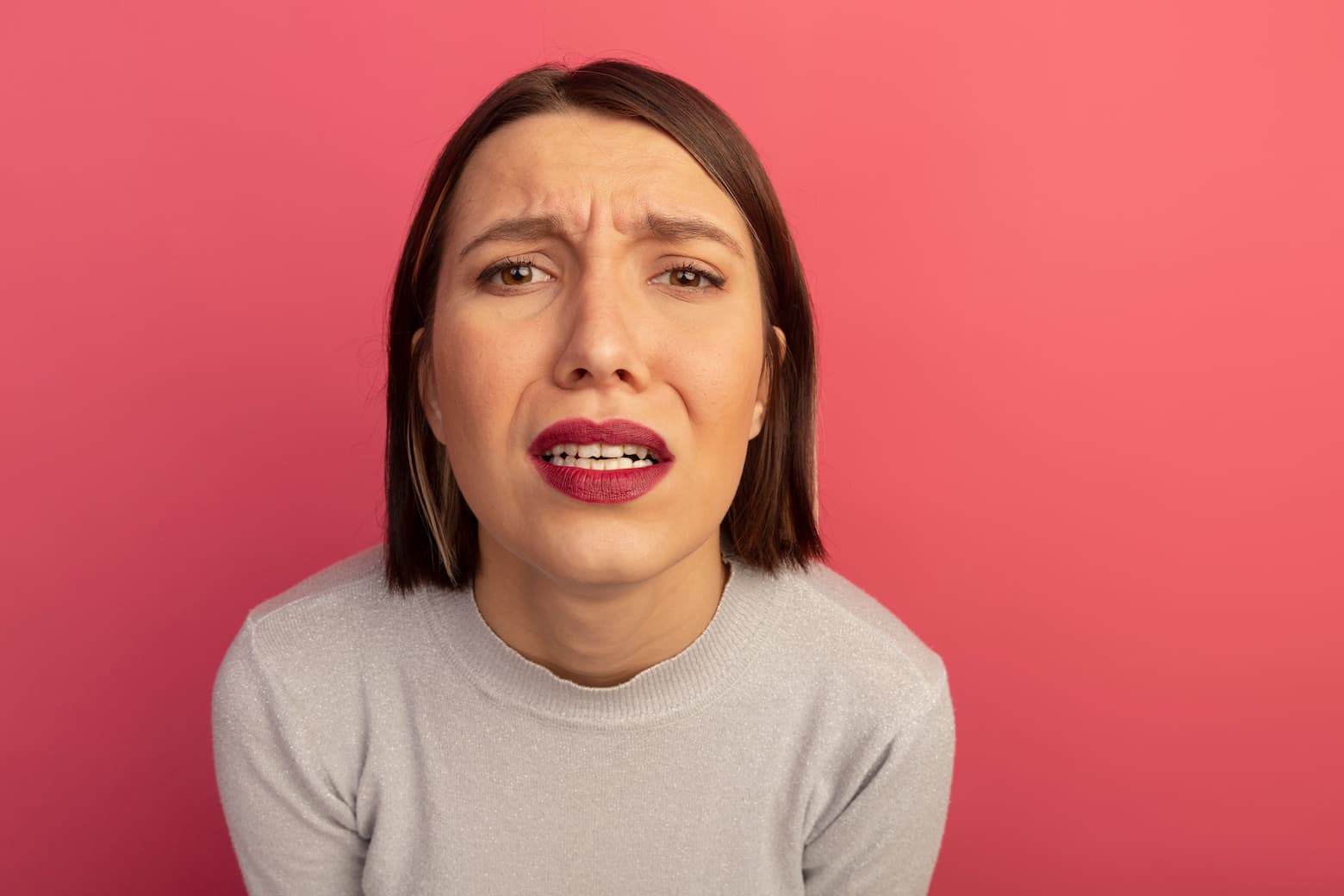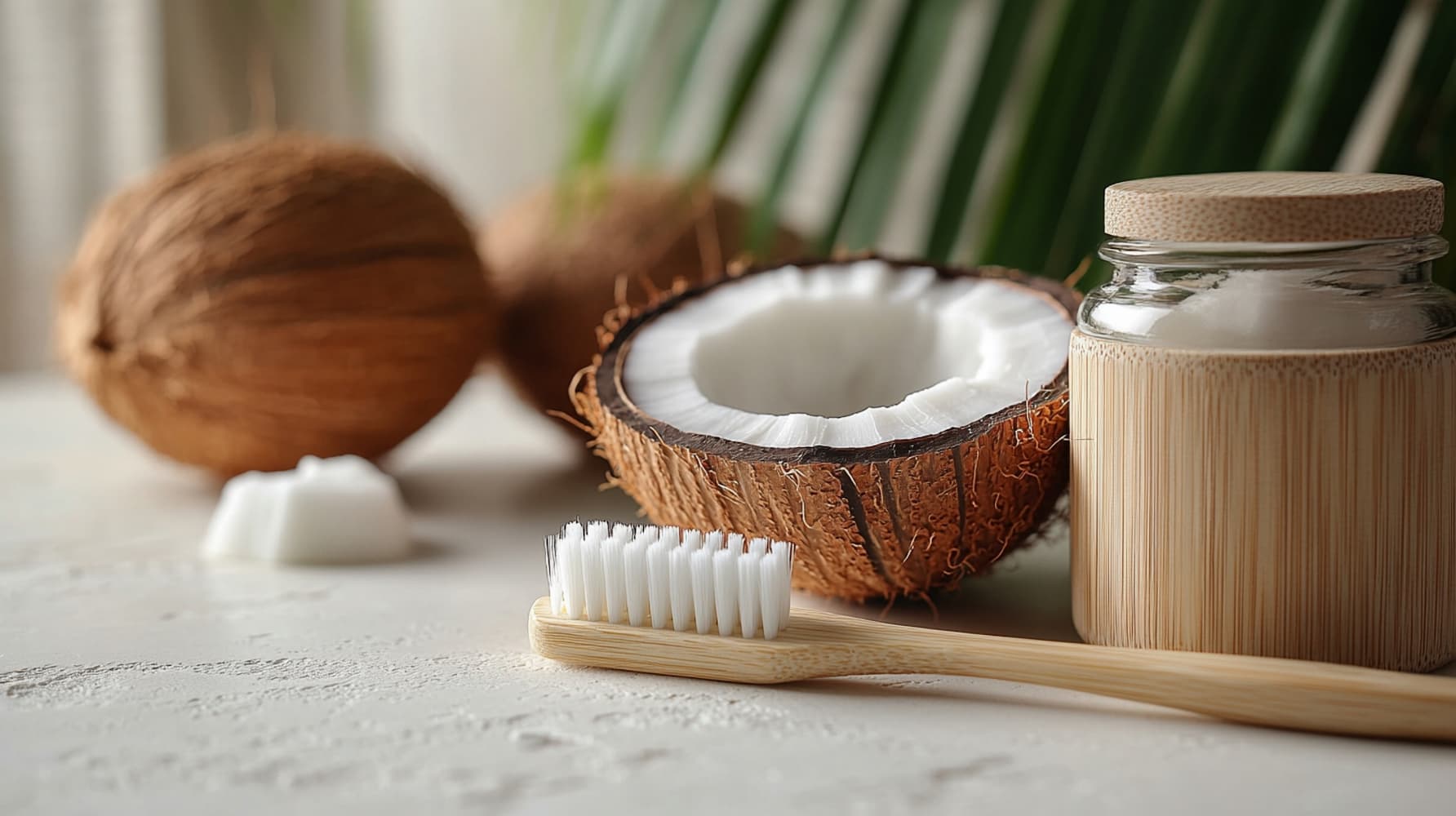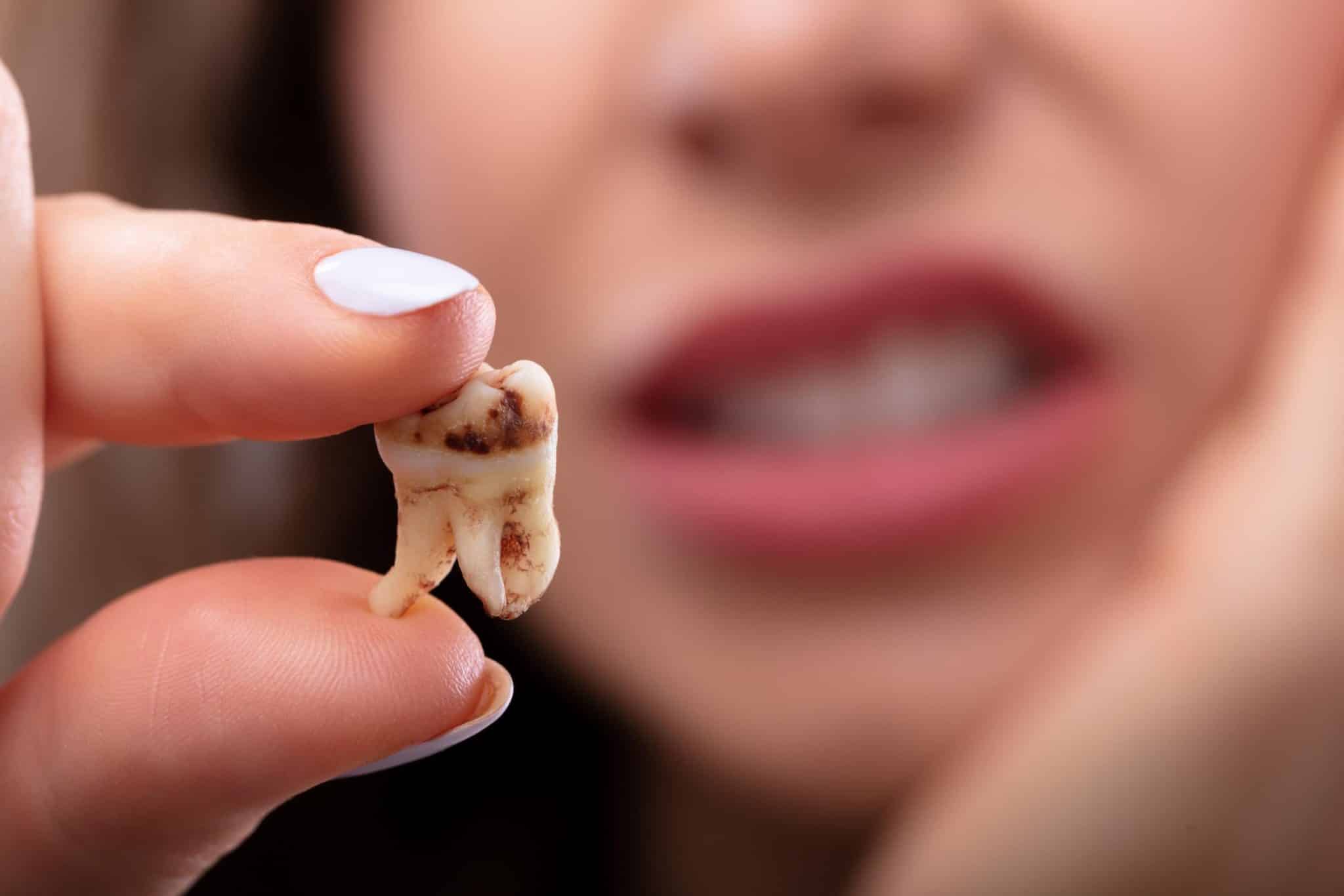In Summary
- Occasional gum bleeding may be harmless, but if it becomes frequent, it often indicates an underlying dental condition
- Main causes include gum injury, gingivitis, or underlying illnesses such as diabetes or certain infections
- Many mistakes can promote bleeding: poor hygiene, aggressive brushing, unsuitable products, smoking, alcohol, poor diet
- Delaying a consultation or ignoring warning signs can worsen gum health and lead to periodontitis
- Hormonal changes or wearing orthodontic devices require extra dental care
Regular visits to a hygienist allow for early diagnosis and effective maintenance. Gum bleeding is common. If it’s light and occasional, it may be harmless. However, chronic and regular bleeding usually indicates an underlying issue.

Why do gums bleed?
There are several reasons why gums might bleed. Some cases require attention and a dental consultation.
What are the main causes of gum bleeding?
There are 3 main causes:
- Gum injury: You may injure your gums by eating irritating foods, using a toothbrush with hard bristles, or using interdental brushes.
- Dental disease: Most commonly, bleeding gums indicate dental conditions like gingivitis or periodontitis. Old fillings may not be properly adapted, causing recurring inflammation. Crowded wisdom teeth may also lead to gum inflammation and bleeding.
- Other illnesses: Bleeding gums may be a symptom of a condition such as a fungal or viral infection, diabetes, liver disease, oral cancer, or a side effect of certain medications.
Post-extraction bleeding is a specific case. Normally, you shouldn’t experience bleeding after wisdom tooth removal. If it happens, contact your dentist quickly.
When should you see a dentist?
If the bleeding is occasional and due to a minor injury, there’s usually no need for concern. Ensure the wound heals properly and doesn’t get infected. Also check for trapped food or plaque.
However, if the bleeding worsens or lasts several days, see your dentist promptly to determine the cause and receive treatment.
CHD Tip
Persistent bleeding is never normal—consult your dentist at the first lasting signs.
8 mistakes that encourage gum bleeding
Did you know gum bleeding is often avoidable with the right daily habits? Here are 8 common mistakes that might be causing it.
1. Neglecting oral hygiene
Poor oral hygiene (not brushing at least twice daily and not cleaning between teeth) leads to plaque and tartar buildup. This can cause dental diseases like gingivitis or periodontitis, resulting in bleeding gums. Interdental floss or brushes are essential allies.
CHD Tip
Gingivitis, periodontitis, cavities—many issues begin with poor hygiene. Don’t wait to change your habits.
2. Brushing too hard or incorrectly
Do you brush twice daily, yet still experience bleeding? Two possible reasons:
- You’re brushing incorrectly: use gentle circular motions on both inner and outer surfaces of your teeth without applying too much pressure.
- You’re using the wrong toothbrush: hard bristles are less effective than soft ones, which better remove tartar and are gentler on gums.
CHD Tip
Always choose a soft-bristled toothbrush for effective yet gentle cleaning.
3. Using unsuitable toothpastes or mouthwashes
Depending on your sensitivity, some dental products may not be suitable.
If you have sensitive gums, choose gentler, less abrasive products.
Note: New-generation whitening products can help reduce sensitivity and prevent gum bleeding.
Ask your hygienist or dentist for the best-suited products.
4. Ignoring early signs of gingivitis
Depending on your sensitivity, some dental products may not be suitable.
If you have sensitive gums, choose gentler, less abrasive products.
Note: New-generation whitening products can help reduce sensitivity and prevent gum bleeding.
Ask your hygienist or dentist for the best-suited products.
5. Poor nutrition
Diet plays a crucial role in oral health and gum bleeding risk.
To reduce the risk, maintain a healthy diet: avoid snacking, limit fatty, sugary, salty foods, and prioritize nutrient-rich options like vegetables, fruits, fish, olive or flaxseed oil.
6. Smoking or excessive alcohol consumption
These habits harm oral health and weaken the gums, increasing the risk of bleeding and other severe dental issues.
7. Not adjusting hygiene during hormonal changes
Hormonal fluctuations significantly impact gum health. For example, pregnant women often develop gingivitis due to hormonal shifts.
In such cases, it’s vital to adjust dental care and diet to prevent more serious issues like periodontitis.
8. Skipping regular dental visits
To prevent gum bleeding and maintain your oral health, see your hygienist or dentist at least once a year.
These visits include scaling and polishing to remove plaque and tartar and allow early detection of more serious issues like periodontitis.
In some cases, bleeding is caused by issues like leaking or defective fillings, which your dentist can treat quickly.
If you wear braces or aligners, your hygienist may recommend multiple cleanings per year to maintain oral health.
FAQ
Is occasional gum bleeding a concern?
Minor, infrequent bleeding shouldn’t be alarming.
It may result from eating something hard, brushing too firmly, or cleaning interdental areas too vigorously.
Bleeding should stop quickly and not lead to complications.
If it worsens or lasts several days, consult your dentist.
How to choose the best toothbrush to avoid irritation?
Choosing the right toothbrush is essential to prevent gum irritation and bleeding.
Avoid hard bristles. For sensitive gums, use soft or extra-soft bristles.
Can children also suffer from bleeding gums?
Yes, children and teens can experience bleeding gums.
Causes are usually the same: poor hygiene, improper diet, or an underlying condition.
At CHD Clinics in Geneva, Lausanne, Meyrin, and Yverdon, hygienists perform scaling and polishing on children from age 3 to promote oral health.
Are there natural remedies to soothe gums?
Generally, proper hygiene and a healthy diet are enough to prevent irritation.
However, some natural substances used as mouth rinses have soothing and healing properties—like salt water, coconut oil, and floral waters (e.g., bay laurel hydrosol).


